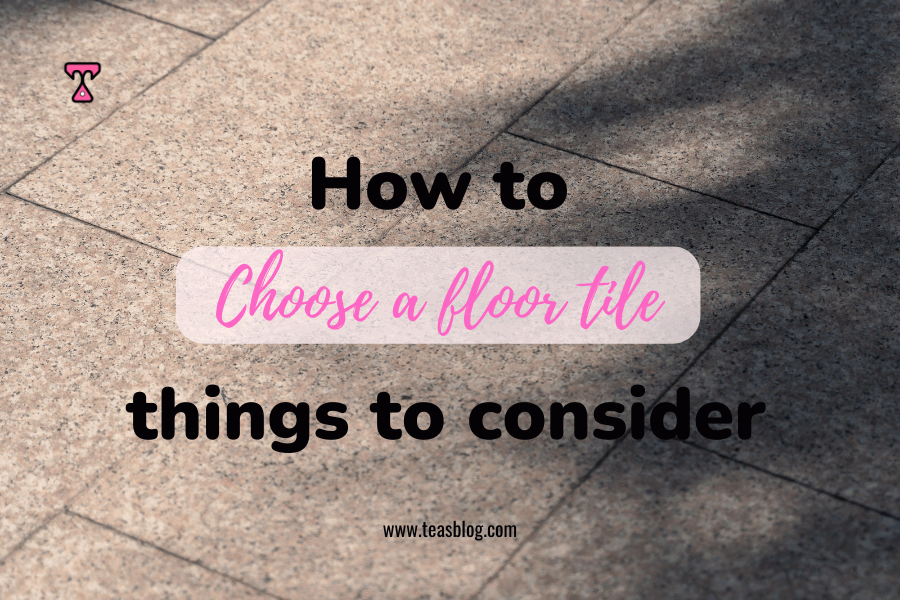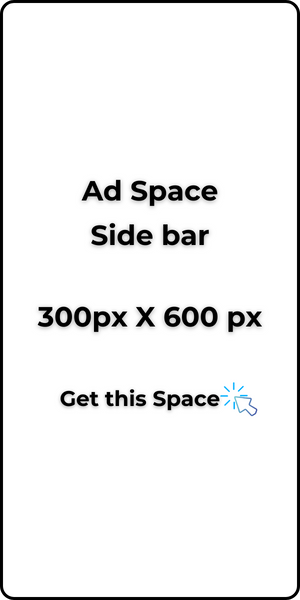Floor tiles are building finishes products used on a floor to improve a home look as well as a lasting look. Choosing a floor tile that is suitable for your space can be a huge difference that makes your space feel at home.
Factors to consider when choosing a floor tile ranges from size, colour to the durability and installation of your choice. Whether public or private building, here are factors to consider carefully:
1. Your Space
The interior space you are choosing your tiles for is a determining factor. Large spaces require large tiles to create a seamless look. Smaller spaces will go hand in hand with smaller tiles. Also, note that the installation of smaller tiles is quite time-consuming and expensive.
2. Tile Size
The size of the tile you are about to choose depends on the space you wish to install the tile. Size ranges include 30cm by 30cm, 30cm by 40cm, 60cm by 60cm, etc.
Read also Architecture Design Fees: How It’s Calculated.
3. Tile Shape
The most common tile shapes come in square shapes and rectangular shapes. The space you wish to tile affects the final look of any shape chosen. Also, tile manufacturers can create bespoke designs if you can afford the budget.
4. Tile Colour
The colour of the tile affects your space. Your first consideration starts with the colour already chosen for the space. Light colours make your space brighter and bigger while dark colours make your space cozy with an intimate feel.
If no colours have been chosen, then I suggest you go with neutral colours such as beige, gray, or white. This is because they are versatile and can blend with any decoration colour and style you later choose for the other elements of your space.
5. Tile Style
The style of your tile is very crucial. Are you looking to complement your existing home decoration or do you want to go with a modern look or contemporary look? You may have to consider sleek and minimalist tiles.
If you are looking for a traditional look, you may consider some classic, old patterns. You might also want to blend a traditional look with a modern look. It should give you a unique design result, something different from what you see in every home.
Read also How to effectively read a floor plan like a Pro.
6. Tile Material
The material your tile is made of affects the appearance of your tile and how long the tile will last. Ceramic tiles and porcelain tiles are the most common tiles in the building material market. They are easy to cut, install and maintain.
Marble and granite tiles give a more elegant look to your interior. They also require more expenditure on maintenance. A more budget-friendly tile option will be vinyl or laminate tiles, for mimicking the expensive tiles.
7. Tile Durability/Longevity
How long your choice of tile will last before requiring a replacement is what you need to consider. The level of durability goes up with the price. You will need to consider the circulation area of your space especially if you have children and pets.
Children are known for scratching and possibly chipping off tiles. Tiles located along the footpath often wear off faster than the other areas of your tile layout.
For this reason, ceramic and porcelain tiles are often chosen, because they can withstand wear and tear more than marble and granite tiles, but marble and granite tiles have a longer lifespan.
8. Tile Surface finish/Texture
This is the difference between a slip and a non-slip tile. Floor tiles are expected to exhibit a level of friction while walking on them.
Read Also: Roof design Trends in Nigeria!
Spaces that are known to get wet such as bathrooms, kitchens, and entrance spaces (exposed to outdoor rain), must have tiles that can avoid slips. Other spaces such as bedrooms and living rooms can afford a semi-smooth tile or matte surface finish.
Please do not choose an extremely smooth tile as you may still slip and fall even when there is no presence of moisture. To test this, pour a little water on the surface of the tile you wish to purchase and run your palm gently over it. If it’s too smooth, avoid it. If you feel a kind of roughness, go for it.
Reflective tiles are usually attractive as they show a clean floor, but they can also represent a death trap. If a banana peel is mistakenly left on the floor or if water or kerosene spills, the floor poses danger to the occupants (especially for old people).
Tiles with a slippery surface finish should apply only to toilet and bathroom walls. The slippery nature aids suds to easily slide to the ground when bathing.
In using smooth and reflective tiles for your bathroom walls, remember to install grab rails of round/square/rectangular profile and rough surface finish. They help to break your fall should that occur in a bathroom.
9. Grout
Grout is simply the thin mortar mix used to fill up the gaps between the tiles. The best design layout will use light colours or the colour of the tile to create a seamless look. The craftsmanship here depends on the expertise of the person laying out your tiles.
Read Also: How to treat dampness in walls.
When the grout is done properly and neatly, the floor appears as though it’s one big tile mass with no internal seams. You can also choose a contrasting colour for your grout for a bold, eye-catching look.
10. Tile Installation
Consideration for your tile installation method is important. Tiles requiring specialized installation techniques can be quite expensive if you are on a budget. You may have to purchase tiles that are easy to install and do not require bringing in specialized labour.
You can also consider tiles that their installation method is DIY-friendly (DIY means Do It Yourself), meaning, they are tiles you can easily put up by yourself.
To do this by yourself, you will have to measure your space to determine the area, then get the area your choice of tile occupies. Divide your floor area by the area of one tile. That gives you an estimate of the number of tiles you need to cover your floor space.
11. Your budget
Finally, the most important factor in your tile selection depends on what your budget can afford. You cannot have dreams of purchasing marble or granite and not be able to afford to pay for the installation or regular maintenance when it chips off.
With all these considerations, work with your budget to make an efficient tile choice for you and your space.





